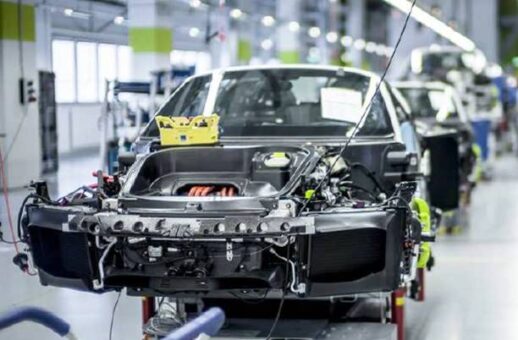Federal Excise Duty (FED) rates have been revised for locally manufactured and imported vehicles through the Finance Supplementary (Second Amendment) Bill, 2019.
The revised rates, as proposed in the amendments to the Federal Excise Act, 2005, reveal a noteworthy surge in duties, particularly for high-capacity vehicles.
Imported cars, SUVs, and other motor vehicles with a cylinder capacity of 3000CC or above, primarily designed for the transport of persons, will now face a staggering 30 percent FED. This increase extends to include station wagons and racing cars falling within the specified cylinder capacity range.
Vehicles with a cylinder capacity ranging from 1800CC to just under 3000CC will be subject to a lower but still substantial 25 percent FED. This category encompasses imported motor cars, SUVs, and other motor vehicles designed for the transport of persons, along with station wagons and racing cars falling within the 1800CC to 3000CC range.
However, a more moderate 10 percent FED has been stipulated for locally assembled or manufactured vehicles. This reduced duty is applicable to locally produced motor cars, SUVs, and other motor vehicles with a cylinder capacity of 1800CC or above, designed for the transport of persons. The 10 percent FED also extends to include station wagons and racing cars with a cylinder capacity of 1800CC or above.
The decision to enhance FED rates on imported vehicles is expected to have widespread implications for both consumers and the automotive industry. While the government aims to boost revenue through increased taxation on luxury and high-capacity vehicles, critics argue that this move may lead to a decline in consumer purchasing power and negatively impact the already struggling automotive sector.
Industry experts suggest that the higher FED rates could result in a surge in vehicle prices, making imported cars and SUVs significantly more expensive for consumers. This, in turn, might lead to a decrease in demand for such vehicles, affecting importers and dealers alike.
The government, on the other hand, defends the decision, stating that the increased FED rates are a necessary step to address economic challenges and generate additional revenue. The focus on taxing higher-capacity vehicles is seen as a measure to target the luxury segment of the market, aligning with the government’s broader fiscal policies.
As the Finance Supplementary (Second Amendment) Bill, 2019 comes into effect, stakeholders in the automotive industry and consumers will closely monitor its impact on prices, sales, and overall market dynamics. The debate surrounding the government’s taxation policies, especially concerning imported vehicles, is likely to intensify in the coming weeks as the automotive sector grapples with the consequences of these significant changes.
